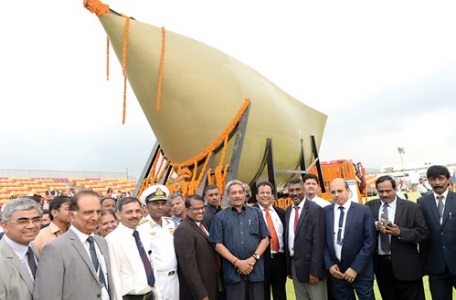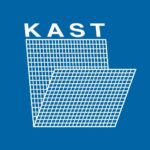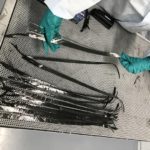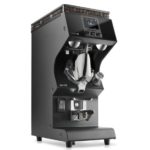Defence Minister Manohar Parrikar Tuesday flagged off the country’s first indigenous composites bow-mounted sonar dome, a ship’s underwater eyes and ears, for naval warships, at Quitol.
The sonar dome has been designed by R&DE(E), a Defence Research and Development Organisation (DRDO) laboratory based in Pune and manufactured by M/s Kineco Ltd at Pilerne in Goa.
With the flagging off of the sonar dome, India now joins a select group of nations which have the capability of realising large composites structure with multi-functional requirements, complex geometry and high structural rigidity with acoustic transparency.
This was possible due to the Vacuum Assisted Resin Transfer Molding (VARTM) process technology with built-in process monitoring capability, to ensure manufacture of a quality product, developed at R&DE(E), DRDO, Pune. In the process, manufacturing technology was successfully transferred to M/s Kineco Ltd, which has now joined a select band of companies worldwide with this capability.
This sonar dome is a huge contribution by the Indian industry to the ‘Make in India’ movement and will now pave the way for realizing more ambitious naval structures such as entire ship hulls as well as land-based and aerospace applications.
Earlier, addressing a press conference, executive vice-chairman and managing director of M/s Kineco Ltd Shekhar Sardessai said, ‘Only a couple of companies in the world have the capability to realize such a complex and structurally demanding structure in composites. This is a huge step for Goa in terms of defence manufacturing. All warships have a sonar array fitted to the ship structure below the waterline. The sonar functions as the ship’s underwater eyes and years. The sonar dome is a structure fitted over the sonar array so that its electronics and sensors are not exposed to surrounding hostile environment. The sonar dome has to be structurally sound as well as acoustically transparent.’













